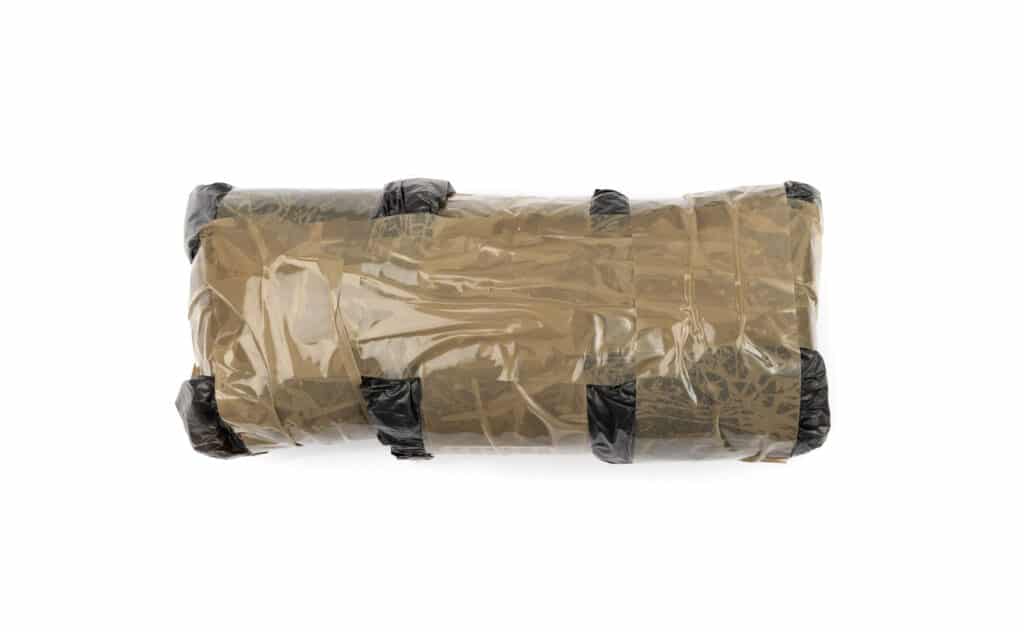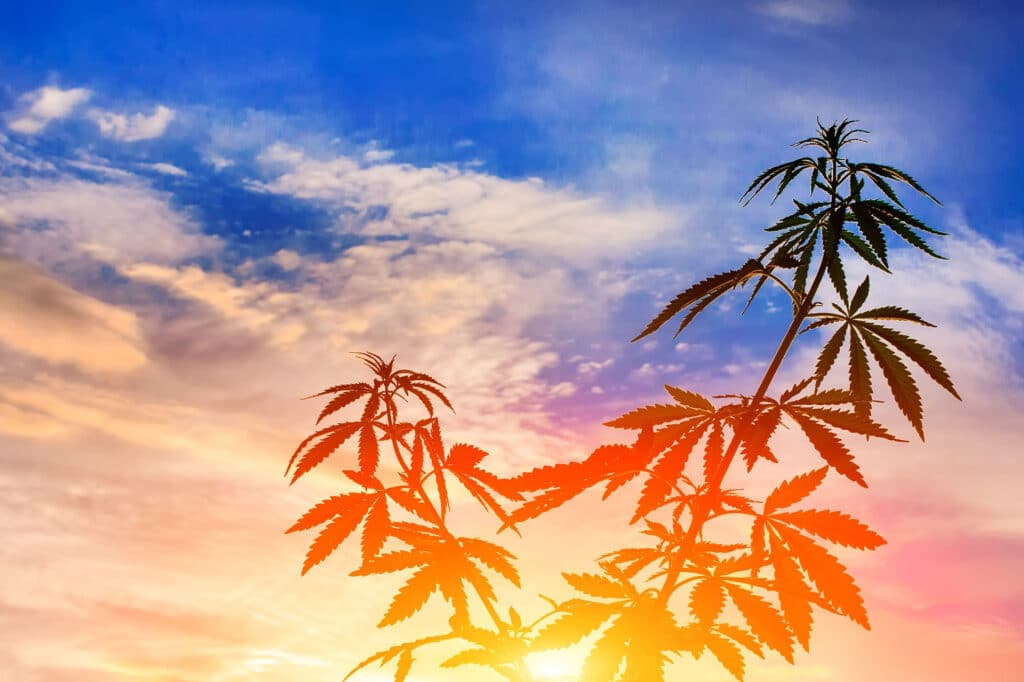The legal landscape of cannabis is changing in the EU; but how does this affect its illicit presence, or the overall illicit drug market? New EMCDDA report gets into it.
What is EMCDDA?
If you keep up on international politics concerning drugs, you’ve probably heard of this agency. The EMCDDA is the European Monitoring Centre for Drugs and Drug Addiction. This agency was established under the EU in 1993, but was modified via a 2022 bill, which includes a renaming of the agency to the European Union Drugs Agency.
The agency acts as a knowledge base for the EU drug world; including all member states. It’s goal is to provide reliable and objective coverage of drug topics; like usage rates, addiction potential, and health complications. The organization serves Europe and the EU; but the group works with lawmakers and scientists around the globe.
The EMCDDA operates under a stated mission, which involves three basic points: 1) To provide for the EU and beyond, ‘factual, objective, reliable and comparable information at European level concerning drugs and drug addiction and their consequences.’ 2) To obtain and assess information on emerging trends in the drug world, with a focus on multi-drug use, and the combination of legal and illegal drugs. And 3) To offer best practices information to the member states of the EU, and to help the states institute these practices.

How accurate is the EMCDDA? It’s hard to say. Like any government agency, it can only officially account for what’s official. Perhaps it has good feelers in the illicit world, and really knows the ins and outs of whats not reported. And alternatively, maybe its used as a way to form beliefs in the general public. If nothing else, a recent report gives us some new talking points regarding the EU, and its illicit cannabis drug market.
Report – EU Drug Market: Cannabis
The EMCDDA’s EU Drug Market: Cannabis report was published in November, 2023. It “describes the European cannabis market from production and trafficking, to distribution and use. It details the processes, materials and players involved at different stages and levels of the market. The module takes a threat assessment approach, identifying key issues and defining recommendations for action at EU and Member State level.”
The report notes that cannabis is both the most commonly used illicit drug worldwide, as well as the basis for the largest black market in Europe. It estimates that 84 million between 15-64 years of age, have used cannabis at least once in life; and that 22.6 million used it in just the past year. The report indicates that a larger choice for products is available on the black market; including oil and hash oil, vapes, edibles, and other concentrates. This is in contrast to how it was not many years ago; when the main products were flower and hash.
In its ‘key points’ section, the report states the belief that most of the cannabis ‘detected,’ is thought to be grown in the EU. It states that seized drug amounts peaked in 2021, for cannabis and resin; the highest in 10 years. And that while Spain is a key player for illicit cannabis in the EU, Morocco is still the biggest hash provider to Europe.
It comments on the expanding market, with new product offerings; as well as the increase in potency of cannabis products, and the entrance of synthetic (or semi-synthetic) cannabinoids products, like HHC. According to the report, “Violence, corruption and the misuse of legal business structures are key enablers used by the diverse, adaptable and flexible criminal networks involved in the illicit cannabis market in the EU.” And that “The environmental impact of illicit cannabis production in the EU is considerable.”
A few more points from the report
The EMCDDA report estimates the minimum value of the EU cannabis black market to be EUR 11.4 billion. While it states that indicators point to it being a stable market; it also states that between 2015-2021, prices went down for cannabis flower and hash products. The discrepancy likely indicates that stability is in general market size and number of users; while pricing for individual products, does vary through time. The falling prices in these categories mirrors falling prices in the US and Canada as well.

In terms of increasing potency, the report states that flower went up 60% in THC potency, while hash went up 200%, in the years from 2011-2021. Seizures indicate that whereas hash used to be consumed more than flower in Europe, that now flower is the more common product, with more seizures finding flower, than hash. The biggest seizures came from countries like Spain, France and Italy; which are on trafficking routes. The report indicates that the Western Balkan region is a big part of the illicit cannabis trade; and both cultivates and imports products to Europe.
The report states cannabis as the most commonly used drug worldwide. It gives the statistic of 2,014 tonnes of resin seized in 2021, and 5,226 tonnes of cannabis flower. The former is an 8% drop from the previous year’s seizures, and the latter is an 11% increase. Spain was cited as being where 75% of plants were seized in 2021, as well as 650 tonnes of resin.
Things to remember
First and foremost, this is the report of a government agency on the black markets that operate within its borders. No direct production, sales, or transport information was given to any government, or used for this report. Like with all reporting on drug trafficking and black markets, the numbers grabbing headlines, are estimates made from what is obtained through arrests, seizures, and covert operations.
All three of these are dependent on how much money a government puts behind the efforts; which is something that often changes with new laws or new measures. What I mean by this, is that if a government isn’t looking for something one year, and then starts looking for it the next; it’ll appear in the news like it doesn’t exist at all the first year, but then pops up in the second.
Or, perhaps, efforts to stop a particular drug amp up, meaning more arrests, seizures, and covert operations. Let’s remember, the same report spoke of this as a stable market; which implies any increase seen in it, is really just an increase in law enforcement efforts against it.
In the ‘cannabis production’ section of the report, it says, “Little is known about the scale of illicit cultivation in Europe due to challenges in monitoring and reporting.” Of course, logically, if authorities don’t know much about production, they also don’t realistically know much about the rest either. A statement like this should act as a reminder that we’re only going off of guesses, that relate to how good the government is at intercepting these businesses, at a given time.

When we look at black market numbers from government reporting, what we’re generally looking at is how much funding an initiative gets, and whatever protocol is currently in place. So did the industry increase in 2021 in Europe? Or did Europe put more time and money into rooting out operations? Weed has been a staple black market drug for nearly a century, and was used throughout history before then. Aspects might change, like which country produces more; but the overarching idea of the market in general, remains the same.
Another thing to remember is that this kind of information can be used to inform policy, and personal opinions. As personal opinions relate to buying preferences, and therefore shape industries; and since companies are known to contribute so much to politicians; its not out of bounds to assume political agendas are pushed by way of molding popular opinions through reporting.
The report makes a reference to the ‘dangerous’ semi-synthetic cannabinoids and increased THC levels, of concentrate products and edibles. While it does seem increased THC has led to more ER visits; this has not been linked with increased deaths, nor did the EMCDDA offer a statistic for cannabis deaths or injuries. As a reminder, the EU is totally cool with allowing synthetic opioids, which according to an EMCDDA report from August 2023, were responsible (along with heroine) for 3/4 of drug deaths in Europe. Perhaps we should question how the EMCDDA defines ‘dangerous.’
Conclusion
I expect these reports come out for the sake of appearances – like that of maintaining control; as well as for whatever opinion-molding they can do. But the reality is, we don’t know much about what goes on in the EU illicit drug market beyond a point, just like we don’t know it about any other black market. What we do know, is that weed is big, it always has been, and attempts to thwart markets, or divert them to costlier legal markets; doesn’t tend to work.
Hello weed fans. We welcome you to Cannadelics.com, where we report on the drugs world at large, with a focus on marijuana. Come by often to stay updated on current happenings; and sign yourself up for the Cannadelics Weekly Newsletter; so you’re never late to get the news.









